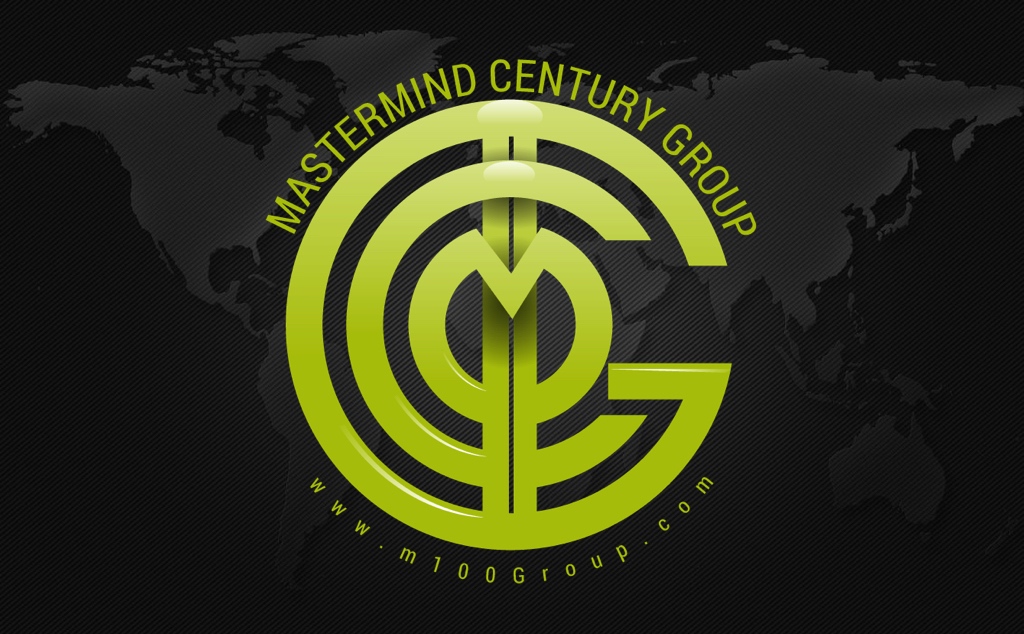For years, I have enjoyed reading anything I could find by the Stoic philosophers – Seneca, Epictetus, Marcus Aurelius. Their insights on cultivating reason, resilience, and inner tranquility in the face of life’s difficulties resonated deeply with me. But while pursuing my doctorate, I also became fascinated by the existentialist thinkers like Sartre, Camus, and Kierkegaard. On the surface, one might not see much of a connection between the ancient Stoic philosophers and the modern existentialist writers. However, the more I explored both schools of thought, the more I came to recognize striking parallels in their perspectives on confronting the human condition with courage, embracing our radical freedom and responsibility, and constructing authentic meaning amidst life’s inherent absurdity and suffering. What initially seemed like vastly divergent philosophies, I realized, offered complementary insights into how we can live with awareness, intention, and an unshakable commitment to personal growth.
The Existential Stoic or The Stoic Existentialist
The philosophies of existentialism and Stoicism share some common threads, despite emerging from different historical contexts. Both emphasize the importance of individual freedom, self-determination, and taking responsibility for one’s choices and actions.
Existentialism, which gained prominence in the 19th and 20th centuries, posits that human beings define their own meaning and essence through the choices they make and the actions they take in the world. Thinkers like Sartre, Camus, and Kierkegaard stressed the importance of authenticity, living in accordance with one’s freely chosen values, and embracing the inherent angst and uncertainty of human existence.
Stoicism, on the other hand, originated in ancient Greece and Rome, with philosophers like Epictetus, Seneca, and Marcus Aurelius as its primary proponents. While it didn’t explicitly deal with existential questions, Stoicism emphasized the importance of living in accordance with reason and virtue, cultivating inner tranquility by focusing on what is within one’s control, and accepting the natural course of events with equanimity.
Both philosophies share a recognition of the fundamental human condition of freedom, responsibility, and the need to create meaning in the face of adversity or uncertainty. The Stoics sought to cultivate a resilient, rational mindset to deal with the vicissitudes of life, while the existentialists emphasized the angst and authenticity that comes with radically embracing one’s freedom and responsibility.
However, existentialism tends to be more individualistic and subjective, emphasizing the unique meaning each person must create for themselves, while Stoicism offers a more universal framework for ethical living and cultivating inner peace, grounded in reason and nature.
Despite their differences, both philosophies offer valuable insights into grappling with the human condition, confronting life’s challenges with courage and resilience, and taking responsibility for shaping one’s own destiny. They advocate for living with awareness, intention, and a commitment to personal growth and ethical conduct.
Sisyphus
The myth of Sisyphus, as interpreted by Albert Camus in his philosophical essay, offers a powerful lens through which to view the intersection of existentialism and Stoicism.
In the myth, Sisyphus is condemned by the gods to eternally roll a boulder up a hill, only to have it roll back down when he reaches the top, repeating this futile and laborious task for eternity. Camus uses this myth as a metaphor for the absurd and seemingly meaningless nature of human existence.
From an existentialist perspective, Sisyphus’ plight represents the fundamental human condition – we are confronted with the inherent meaninglessness of existence and the inevitability of death, yet we must create our own meaning and purpose through our choices and actions. Like Sisyphus, we must embrace the struggle and find value in the journey itself, rather than pinning our hopes on some ultimate escape.
However, Camus also suggests that Sisyphus can find a kind of victory or triumph over his circumstances through a shift in perspective and attitude. By consciously embracing his fate and finding joy or satisfaction in the act of rolling the boulder itself, Sisyphus can transcend the absurdity of his situation and achieve a form of existential authenticity and freedom.
This is where the Stoic principles intersect with the existentialist interpretation. The Stoics advocated cultivating a mindset of equanimity, acceptance, and focus on what is within one’s control. Like Sisyphus, we cannot control the fundamental circumstances of our existence, but we can control our attitude and response to those circumstances.
By applying Stoic principles, Sisyphus could accept his fate with grace and resilience, focusing his efforts on the present moment and the task at hand, rather than futilely raging against the injustice of his situation. In this way, he could find a sense of inner peace and personal integrity, despite the apparent meaninglessness of his labor.
The myth of Sisyphus, therefore, serves as a powerful metaphor for the human condition, inviting us to confront the absurd and tragic elements of existence while also finding meaning, purpose, and even joy in the struggle itself. By combining the existentialist embrace of freedom, responsibility, and authenticity with the Stoic cultivation of equanimity, resilience, and focus on what is within our control, we can, like Sisyphus, transcend the apparent futility of our circumstances and live with greater purpose, fulfillment, and inner peace.
Why Push The Rock: Purpose
The myth of Sisyphus can be interpreted as a metaphor for the importance of developing one’s personal narrative or “why” – the driving purpose or meaning that motivates our actions and choices in life.
From this perspective, the act of eternally rolling the boulder up the hill represents the endless pursuit of purpose, the constant striving to find meaning and direction amidst the seeming absurdity and cyclical nature of existence. Rather than simply resigning himself to the futility of his task, Sisyphus must actively construct a “why” – a narrative or reason that imbues his labors with significance.

This resonates with the existentialist notion that human beings are “meaning-making” creatures – we cannot simply accept the world as inherently meaningful, but must create meaning through our consciousness, choices and lived experiences. The boulder, in this light, becomes a symbol of the human quest to author our own stories and ascribe purpose to our endeavors.
The Stoic principles of acceptance, equanimity, and focusing on what is within our control can aid in this process. By accepting the bare facts of our condition without resentment or anger, we free ourselves to shape our inner narratives and mindsets. We cannot control the cyclical nature of existence, but we can control the “why” that drives us to embrace the struggle.
Developing this “why” involves cultivating a growth mindset, embracing worthy challenges for their own sake, and finding deeper fulfillment in the journey itself rather than some ultimate destination. It may mean connecting to something larger than oneself – a cause, a creative pursuit, a commitment to virtue or service.
Ultimately, like Sisyphus, we all must reckon with the profound questions: “Why do I push this boulder? What is my motivating purpose and reason for persisting in this endless cycle of striving?” Exploring and articulating our personal “why” allows us to imbue even the most Sisyphean of tasks with tenacity, resilience and perhaps even moments of transcendent meaning.
In The End:
In contemplating the strange kinship between the ancient philosophy of Stoicism and the modern existentialist movement, we confront a profound truth – that human beings, across vastly different eras and cultures, share the persistent need to grapple with life’s inherent difficulties, uncertainties, and apparent absurdities. From the Greco-Roman thinkers centuries ago to the 19th and 20th century European writers and philosophers, we see a common struggle to cultivate resilience, authenticity, and a sense of meaning in the face of suffering, mortality, and the weight of our radical freedom.
The Stoics, with their emphasis on reason, virtue, and acceptance of what cannot be changed, laid a foundation for confronting life’s adversities with equanimity and inner tranquility. The existentialists, birthed in a disillusioned modern age, issued a wake-up call – a insistent reminder that we alone are responsible for authoring our destinies and narratives amidst the angst of an indifferent universe.
Yet when we hold these two philosophical traditions in dialogue, we find they are complementary paths up the same metaphorical mountain. The Stoics provide a steadying framework of mindfulness, self-control, and ethical living grounded in nature’s rhythms. The existentialists goad us to authentically embrace our individualized meanings with uncompromising courage and responsibility.
In the end, whether pushing the eternal boulder like Sisyphus or staring into existential vertigoes, the human spirit persists in asking the same humbling questions that unite us across the ages – How can I bear this seemingly futile struggle? What reason can I give to my endless striving and suffering?
Perhaps the answer lies in wrestling authentically with the questions themselves – in that very act of wrestling, we construct significance and chart our own heroic course through the inherent drama of existence. Both Stoics and existentialists would counsel us to embody Nietzsche’s words: “To bear is to become.” Our burdens, our angst, our radical freedoms – through mindfully bearing them all with resilience and intention, we become something greater than mere circumstance. We become authors of our own human condition.






